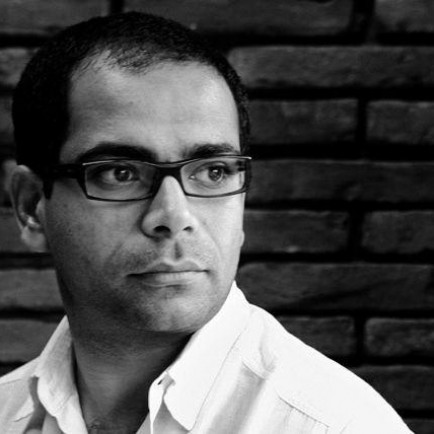Kashef Mahboob Chowdhury
Bangladeshi architect, Kashef Mahboob Chowdhury’s projects have deep emphasis on climate, materials and context, weaving them together to create thoughtful design.
Architect Kashef Mahboob Chowdhury was born in Dhaka to a civil engineer father. He grew up in Bangladesh and the Middle East before graduating in architecture from the Bangladesh University of Engineering and Technology (BUET) in 1995. He founded his Dhaka-based firm URBANA in the same year.
His projects have deep emphasis on climate, materials and context – both natural and human. His projects in the studio are given extended time for research so as to reach a level of innovation and original expression. His works range from conversion of ship and low cost raised settlements in ‘chars’ to training centre, mosque, art gallery, museum, residences and multi-family housing to corporate head offices.
His Friendship Hospital, an 80-bed community hospital situated in a remote rural area of southwest Bangladesh had won the Royal Institute of British Architects (RIBA) International Prize 2021.
The building is composed of a series of low-lying pavilions inspired by the local thatched huts made from locally sourced brick and interspersed with courtyards. These courtyards that closely resemble the villages of Bangladesh are used to naturally light and ventilate the hospital wards, while also offering patients and visitors places to rest.
Another one of Chowdhury’s award-winning projects was the Friendship centre, Kushtia, which drew inspiration from the ruins of Mahasthangarh. It was more of a necessity than a choice. The only way they could build on the low lying piece of land and protect the entire campus is with a path or an embankment and that’s why the structure looks the way it does.
He has been a visiting faculty at the North South University and BRAC University, both in Bangladesh and has been a juror in final year crits in universities in Dhaka. He was twice finalist in the Aga Khan Award for Architecture and has won first prize in Architectural Review’s AR+D Emerging Architecture Award 2012.
He has designed and published three books: Around Dhaka, 2004; Plot Number Fifty Six, 2009 and The Night of Fifteen November, 2011 – a photographic and recorded account of some survivors of the Cyclone Sidr in the coastal areas of Bangladesh.
Chowdhury maintains his respect of time, stating his desire to separate his studio from the influences of ‘the passing world’ to avoid ‘rushing through the design process’, and to always remember that ‘time is of the essence’.
Featured Image: Courtesy www.alfozanaward.org





GIPHY App Key not set. Please check settings